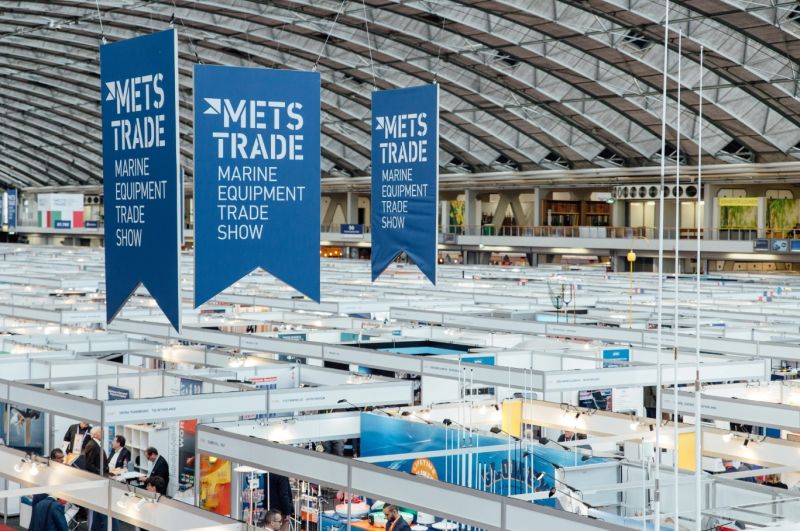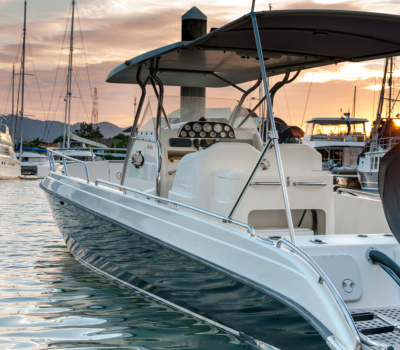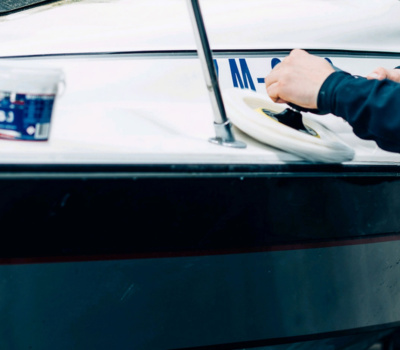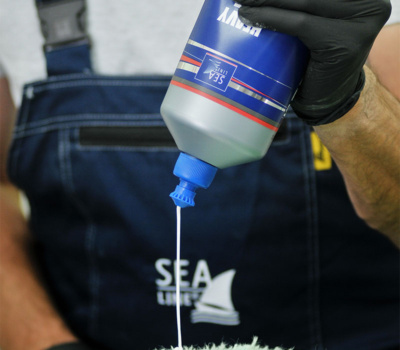Come and join us at METSTRADE 2023,
METSTRADE the best event for marine industry professionals, happening from November 15th to 17th, 2023. This remarkable trade show is a true one-stop-shop, catering to all aspects of the marine sector.
Step into the heart of the leisure marine industry as METSTRADE showcases around 1,300 exhibitors, providing an unparalleled platform for networking and discovering the latest innovations. With thousands of visitors expected, you’ll have the chance to connect with industry experts and enthusiasts from all corners of the globe.
Conveniently located at the renowned RAI Amsterdam Convention Centre, this event is a hub of excitement, ideas, and opportunities. It’s not just a trade show; it’s where business happens and partnerships are forged.
As you explore the vast array of exhibits, you’ll witness a broad spectrum of innovations that encompass every facet of the marine industry. From cutting-edge equipment and materials to groundbreaking systems, METSTRADE is a showcase of ingenuity and progress.

Here, you’ll have a chance to engage with our team, learn about our offerings, and explore how we can contribute to your marine ventures.
Since its inception in 1988, METSTRADE has been an platform for driving innovation, market developments, and creating pathways for networking. Its significance extends beyond the overarching leisure marine industry to encompass specialized sectors. You can find on METS sectors like Superyachts, Marinas and Yards, and Construction materials.
In fact, METSTRADE’s dedication to these specialized sectors is evident through its three distinct pavilions, each offering an immersive experience within the larger context of the trade show. This design allows for a focused exploration of niche interests while still being a part of the grand METSTRADE experience.
METSTRADE 2023 promises to be an event that offers something for everyone. Don’t miss out on the chance to be a part of this dynamic gathering where ideas flourish, connections are established, and the future of the marine industry takes shape. Mark your calendar for November 15th to 17th, 2023, and make sure to visit us at stand 02.104.

We are expanding our offer by introducing two new products that will provide boat enthusiasts

Visit us and our production plant without traveling

New in the 2023 season is a new polishing wool The new black and white

We are pleased to invite you to visit our YouTube channel. We’ve released new instant
Yes, you can paint the bottom of the boat with polyurethane paint due to its high mechanical strength. We recommend this solution when the boat is not launched for a long time and is not exposed to fouling.